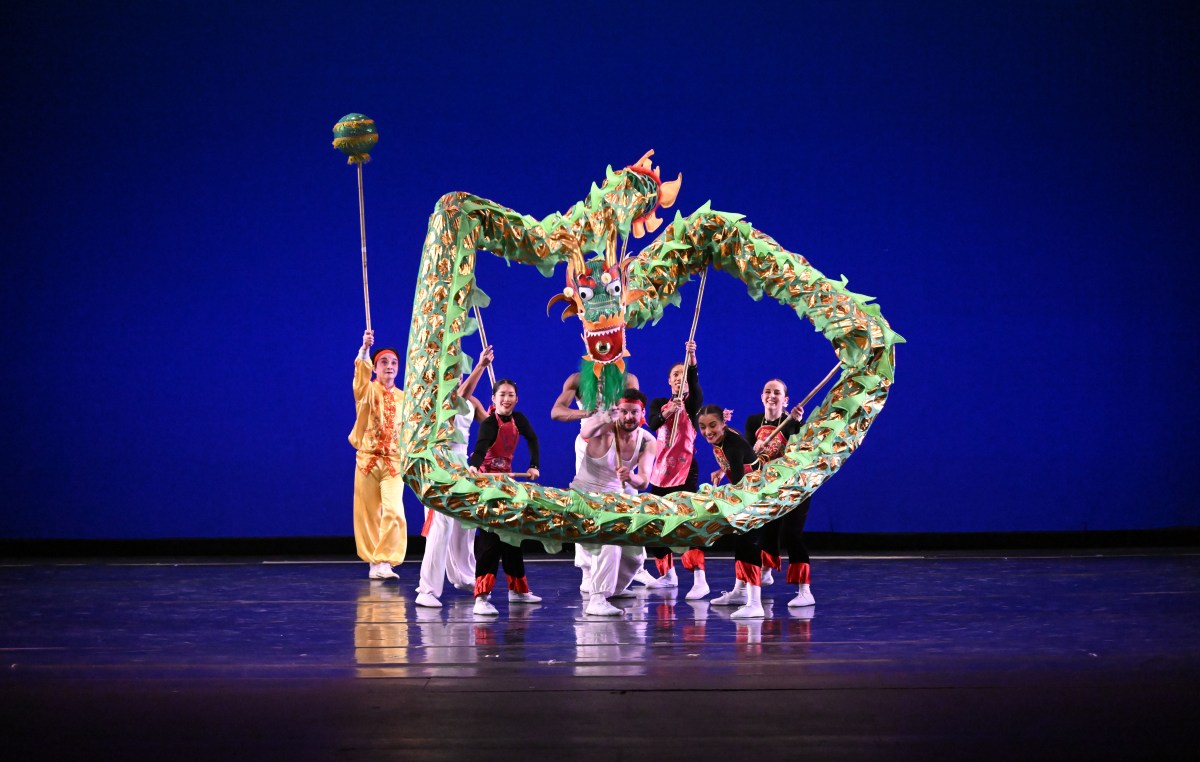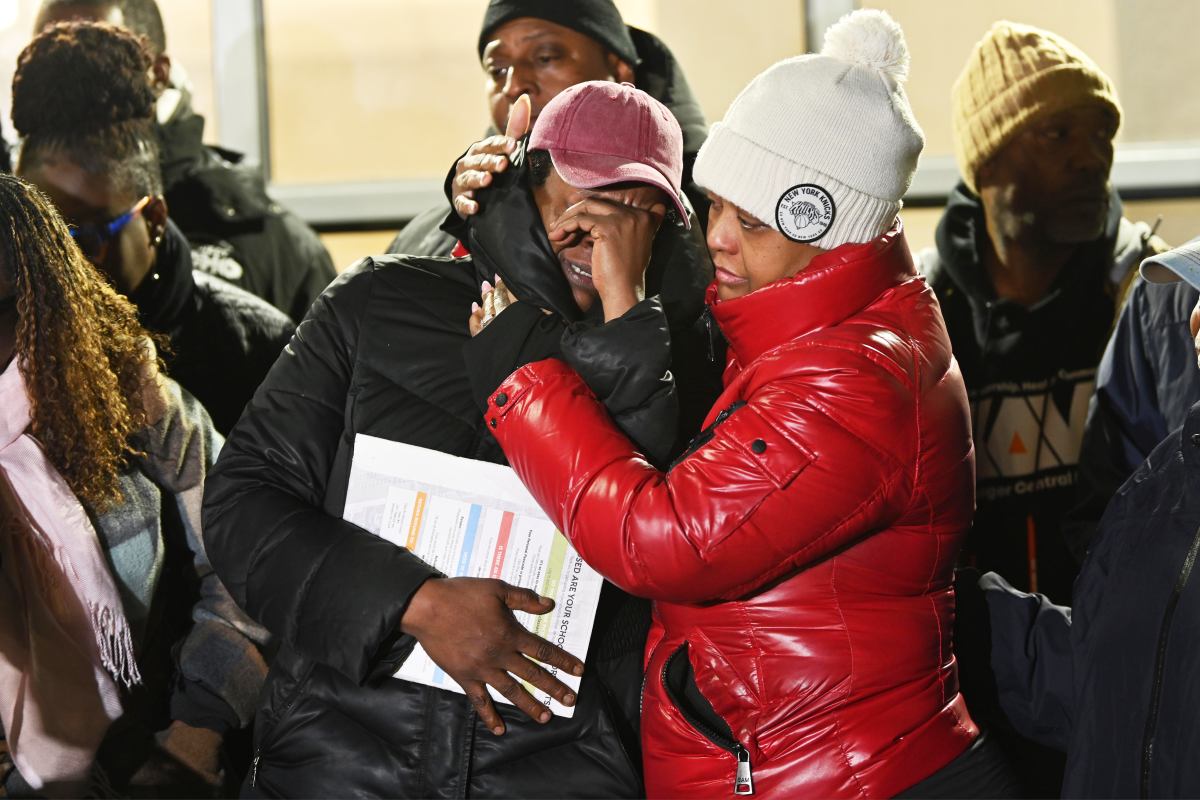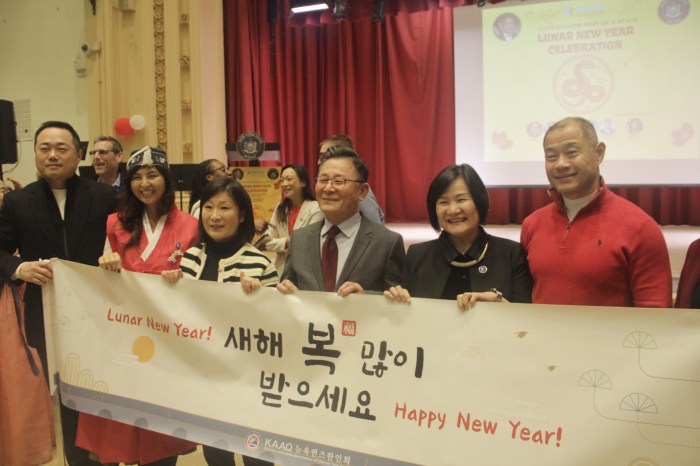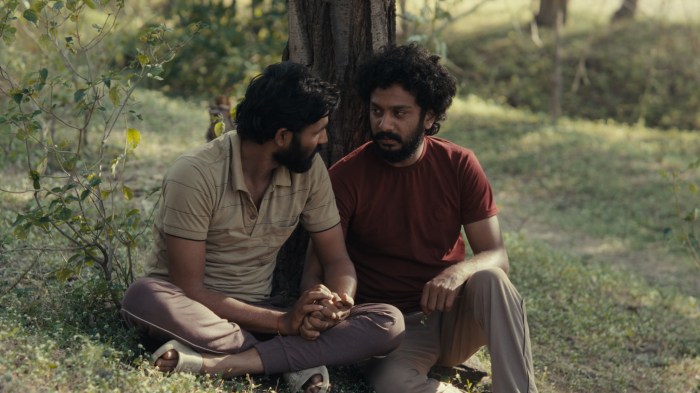By Lincoln Anderson
Just in time for the 20th anniversary of the Tompkins Square Park riots, East Village photographer Q. Sakamaki is releasing a book of his dramatic black-and-white images bringing that turbulent period in neighborhood history back to life.
A Japanese native, Sakamaki started out focusing on the East Village’s hip nightlife, fashion and art scenes. But after a homeless scene took root in the park in the 1980s, he felt compelled to document it.
At the same time, the struggle centering around the park — and the imposition of a nighttime curfew on it — became the pivotal battle over the East Village’s gentrification. The “police riots” over the curfew exploded in the summer of 1988.
Perhaps surprisingly, Sakamaki said he doesn’t oppose gentrification per se, but that the heartlessness shown toward the homeless by the authorities is what really got to him and motivated his photography.
“I don’t say gentrification is bad or not,” Sakamaki explained in a recent interview at the Downtown Express office. “Gentrification probably is the way of human nature. The problem is ignoring the suffering of the needy — especially homeless people, so many homeless, and most of them mentally ill. For me, housing for everyone — especially homeless — is the biggest point.”
Much of Sakamaki’s work was done at night. Sometimes, he’d doze on a park bench with his camera by his side so as not to miss any action that went down.
“Mainstream media didn’t seem to know what was going on,” he noted. “They didn’t report at nighttime. Most things happen late at night or early, early morning.”
Squatters and the homeless had not really worked together before, but there was a sudden change, as Sakamaki recalls it.
“Then ’88, totally united,” he said. “Homeless people became activists, too. I was like, ‘Wow, I’ve never seen this.’” A “strong movement,” he said, characterized the period from 1988 to ’91.
There were still tensions, however, such as when squatters — trying to make a point — misguidedly burned the tents of some homeless people as they were being rousted from the park by police.
After the first riots, a homeless “tent city” grew in the park, eventually getting as large as 300 to 400 people, by some estimates. In the eyes of some neighborhood residents, the settlement called attention to the growing plight of the city’s homeless, while to others it was a symbol that the East Village had become a lawless no-man’s land.
Following another big riot, Tompkins Square Park was closed in June ’91 for a yearlong renovation, and it effectively snuffed out the alliance.
While Sakamaki admits that, back then, he felt his shots of local punk protesters were the coolest, he now realizes that his portraits of “ordinary,” local residents rallying in support of the tent city dwellers were much more significant.
Among the book’s gritty images are a homicide scene at First St. and Avenue B with a body under a sheet.
“Sometimes, we encounter bodies in the street,” Sakamaki said matter of factly, of the days when the East Village was treacherous turf.
Other photos depict “Dinkinsville,” a large lot at Ninth St. between Avenues C and D, where the homeless relocated after being chased out of the park.
Another frequent subject was Stephan Ielpi, lead singer of the punk rock band False Prophets, who always seemed to be in the mix, whether as a performer at the park’s former band shell or as a protester.
The book was printed in China, which, Sakamaki noted with a grin, led to one instance of censorship: A photo of a well-known local squatter giving the police the double finger in the full monty was cropped above the waist.
One shot toward the book’s end points to a disturbing reason why the movement failed: It shows a masked man and others breaking into and looting a 99-cent-type store on Avenue A owned by hardworking immigrants.
“Then people realize this movement — getting too radical,” Sakamaki reflected.
The book includes commentary by Sakamaki, as well as an essay, “Tompkins Square Twenty Years Later,” by local journalist Bill Weinberg.
“Tompkins Square Park,” by Q. Sakamaki, powerHouse books, hardcover, August 2008, $26.60.


































